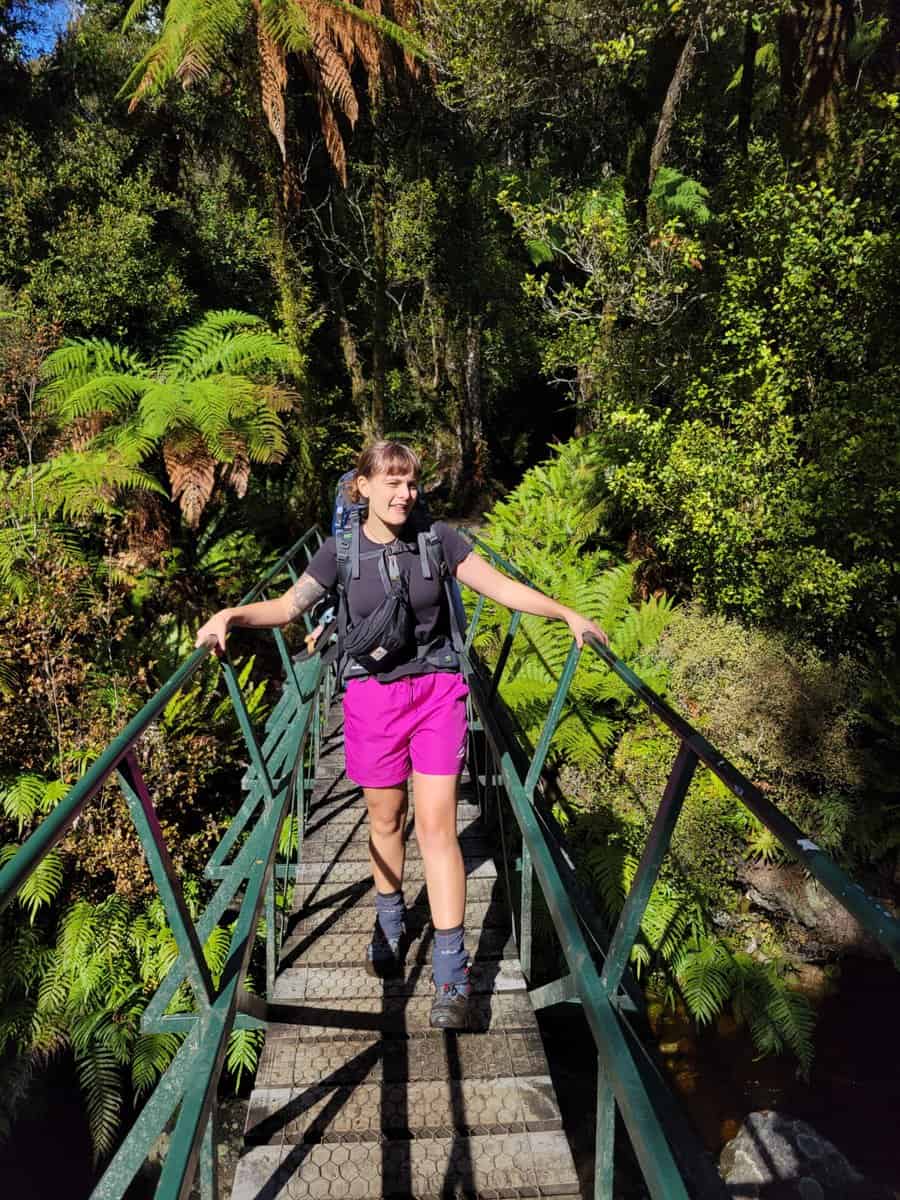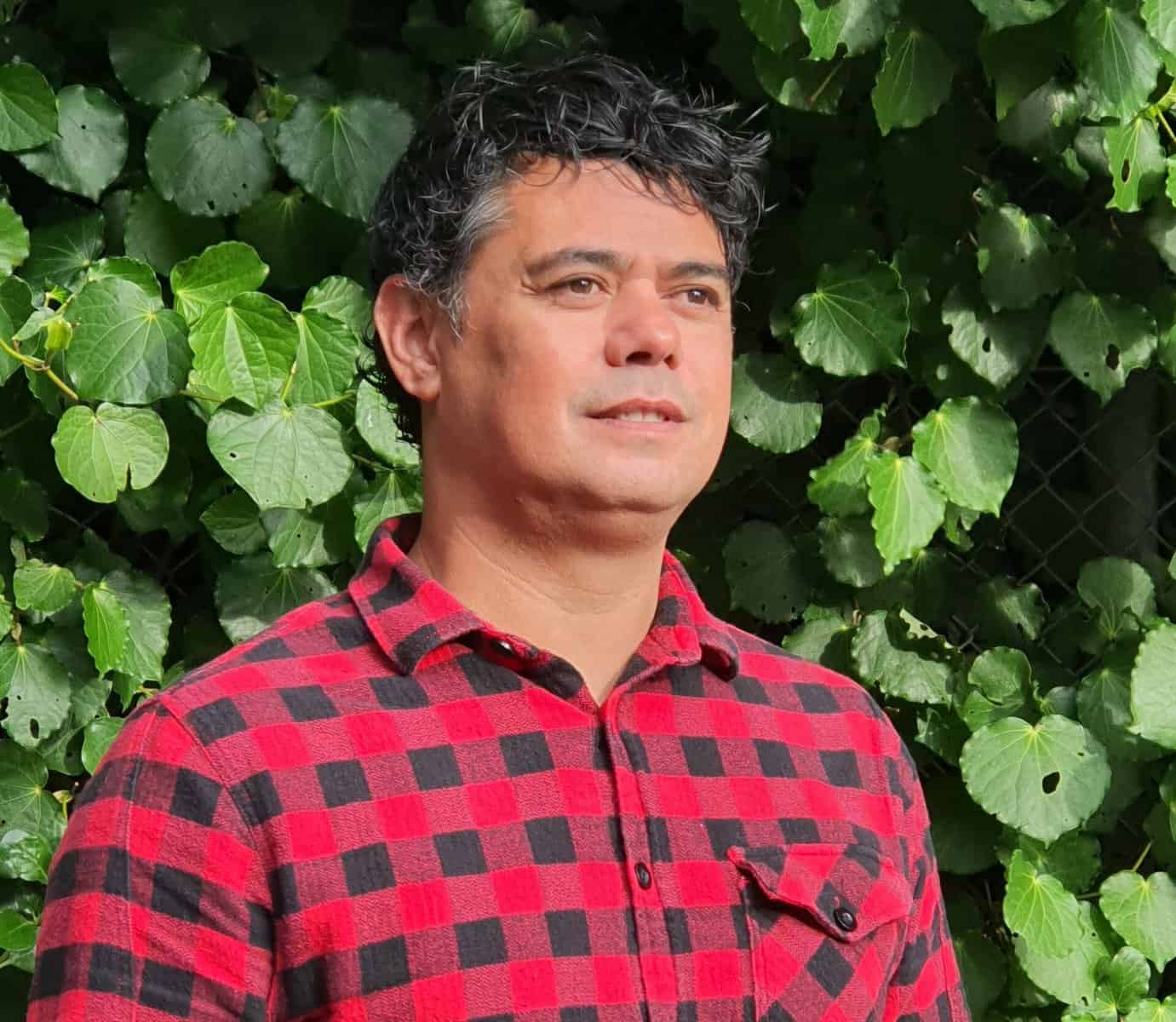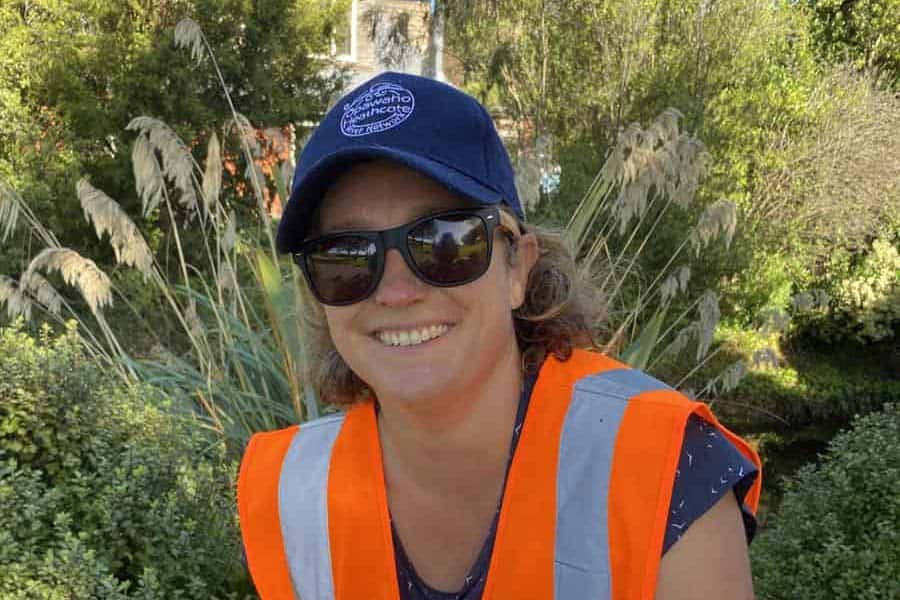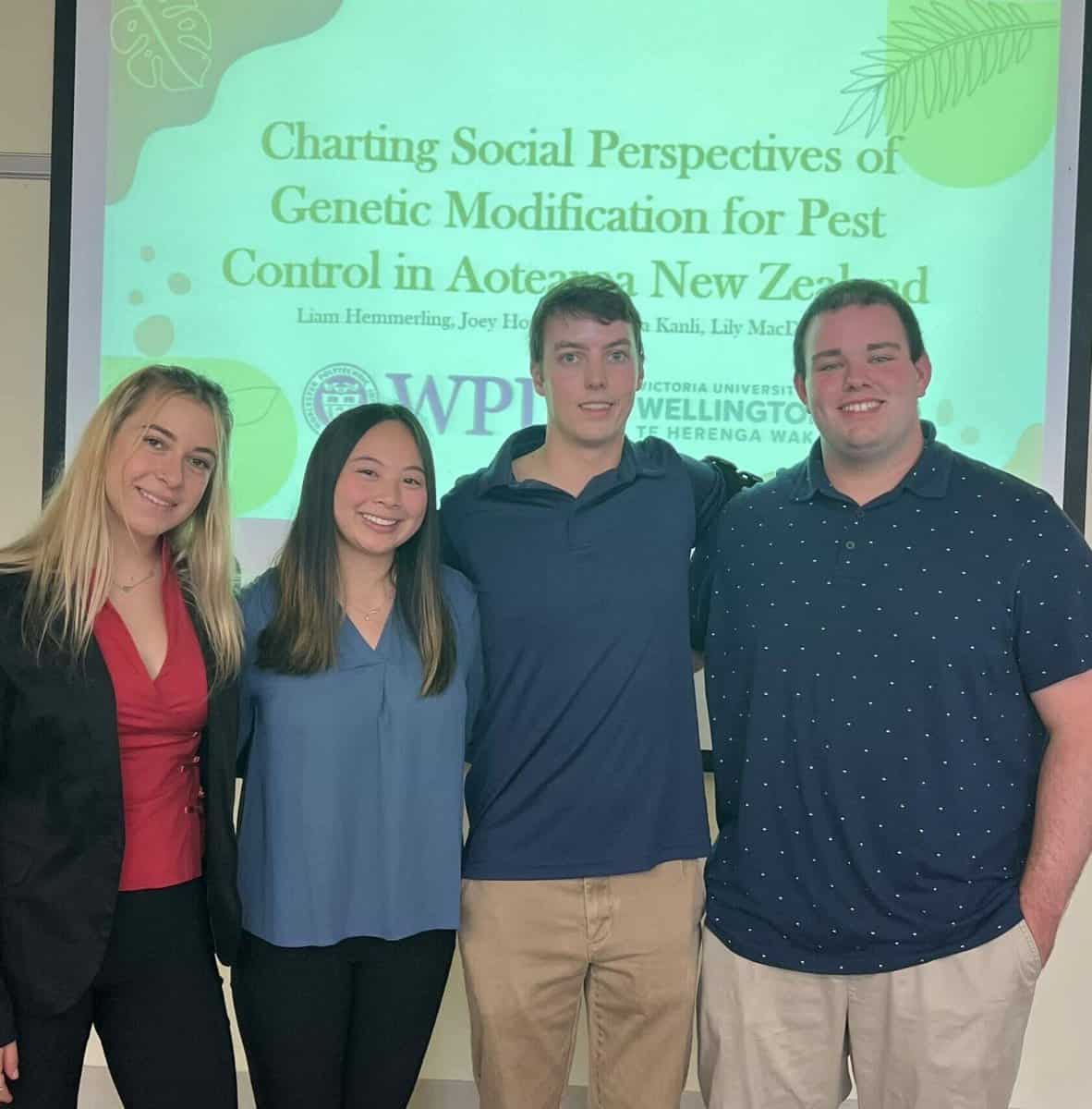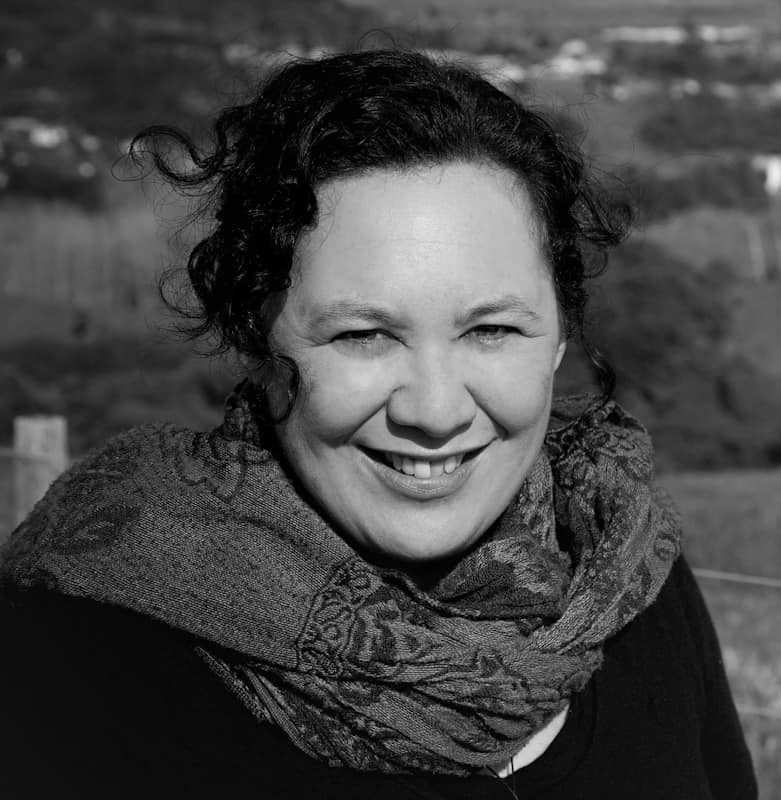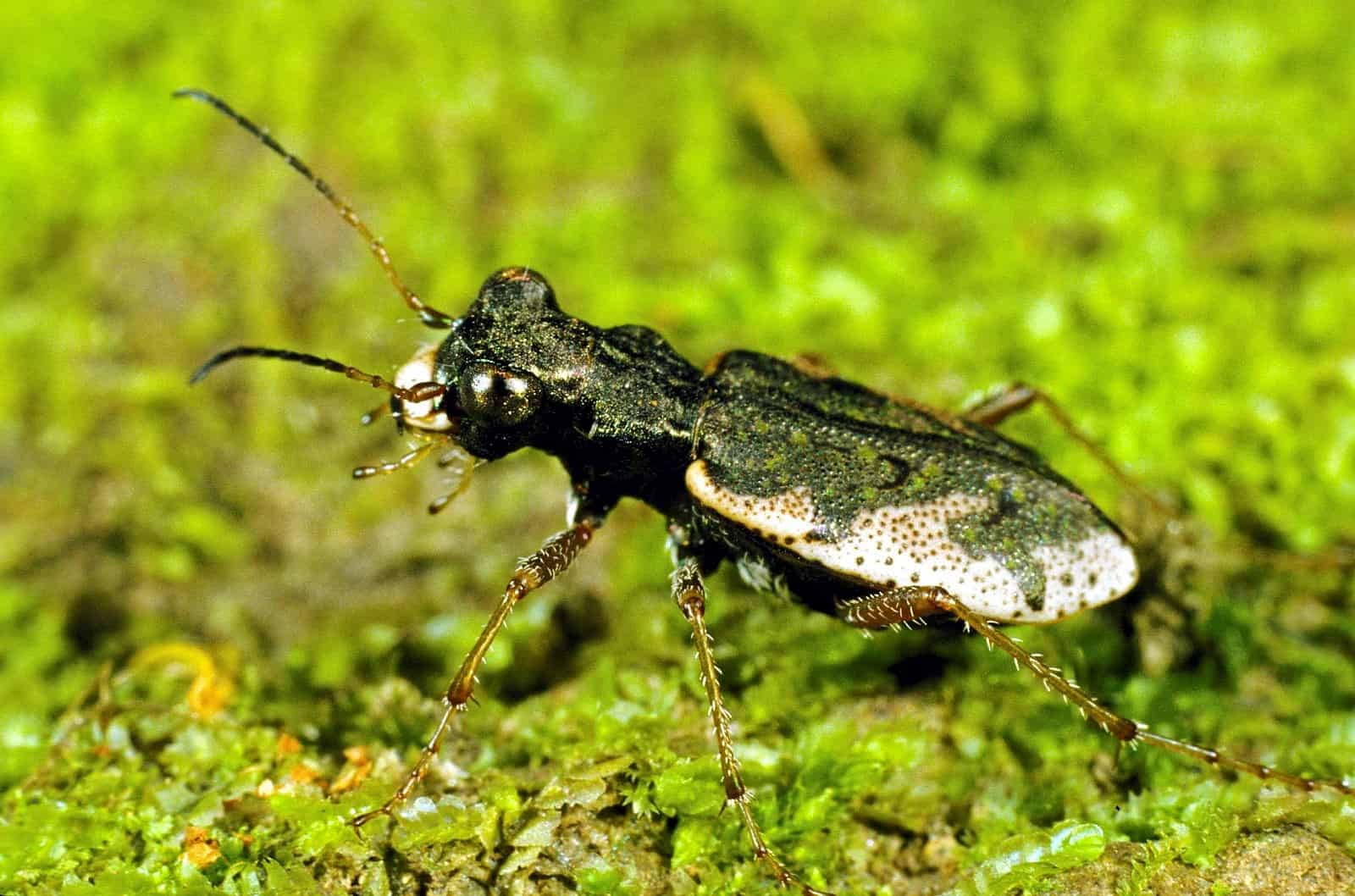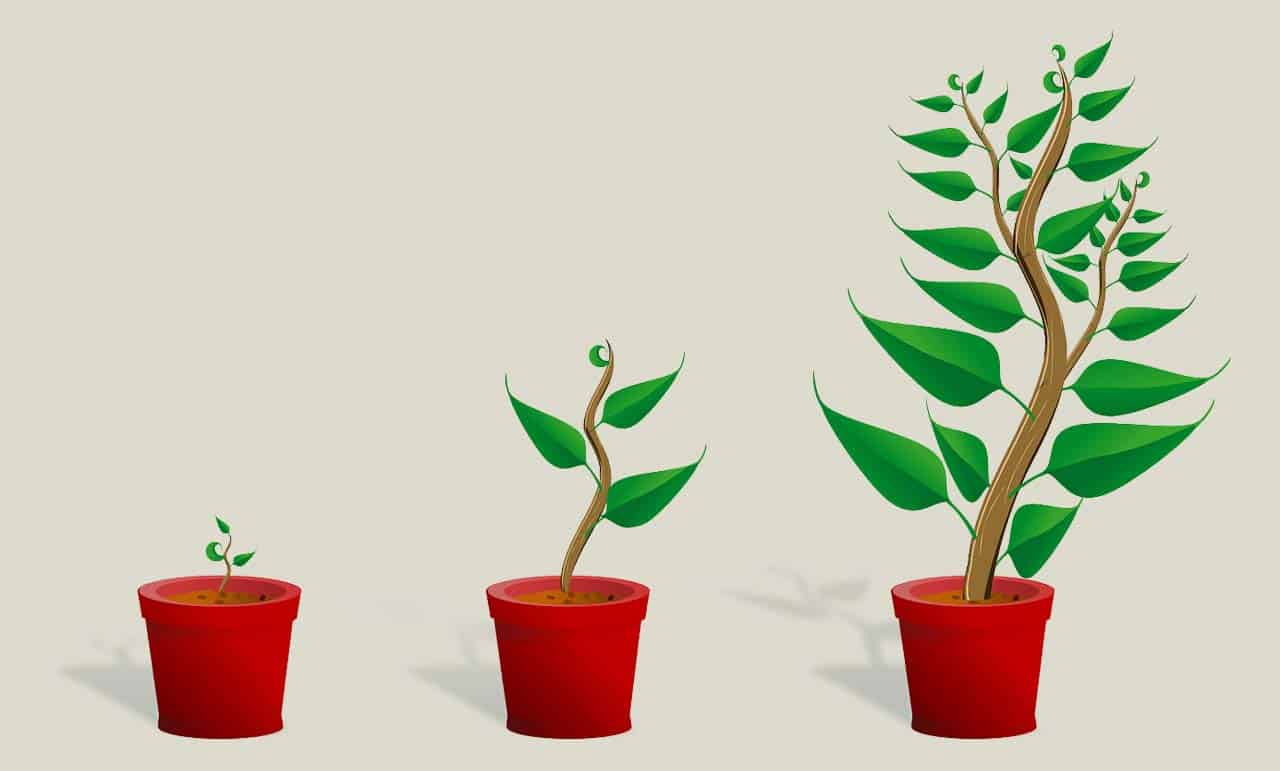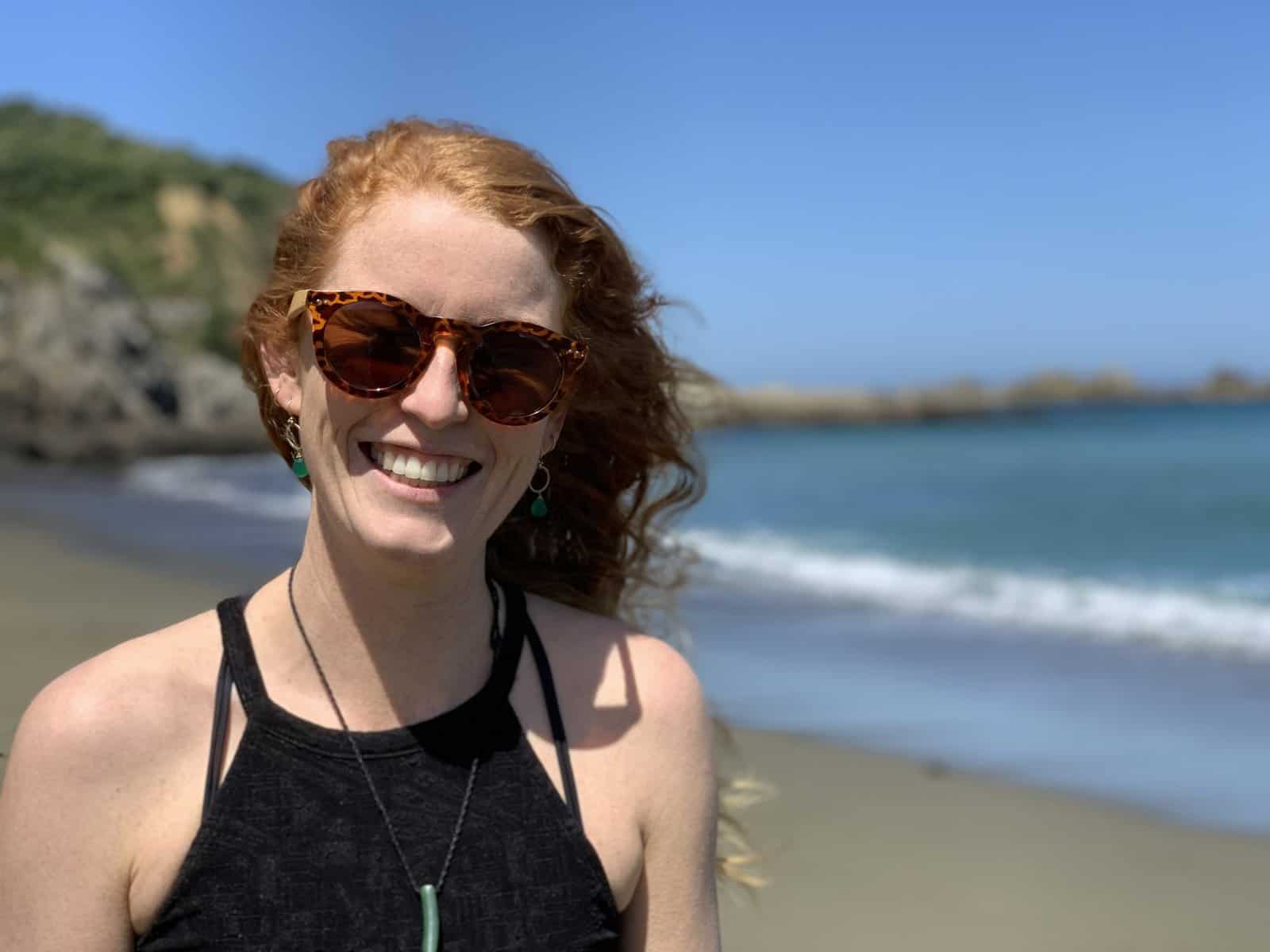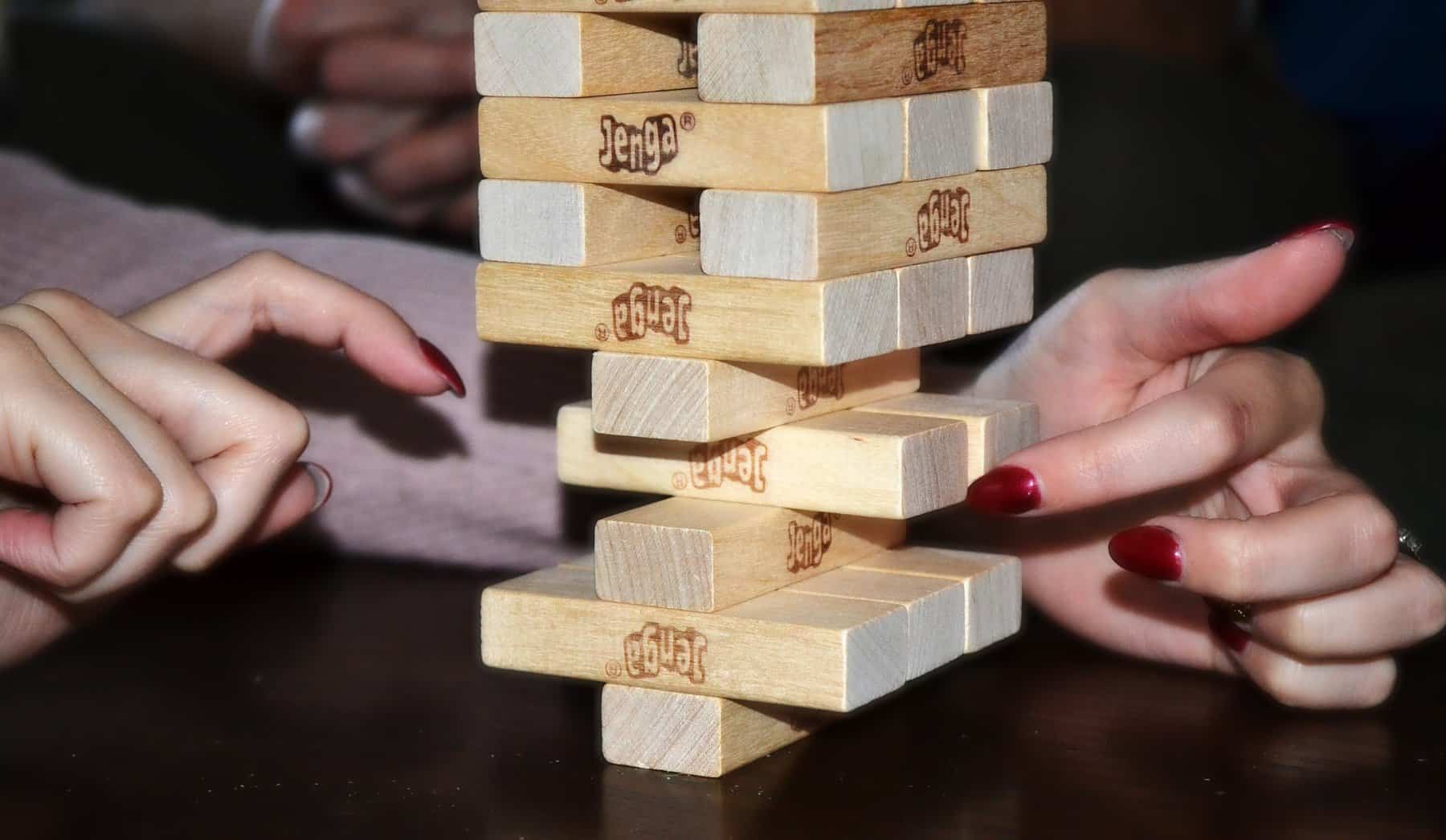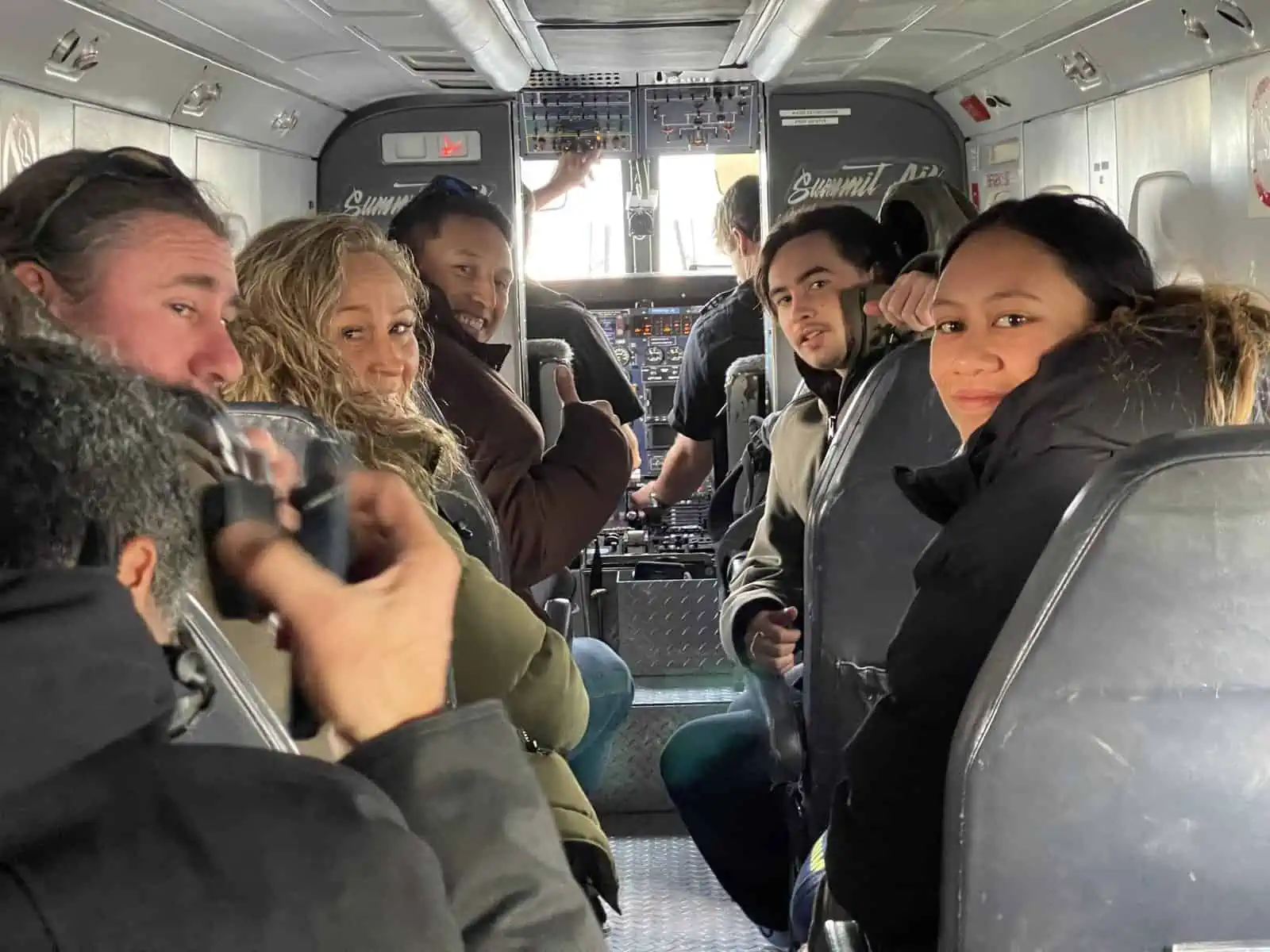Back in May last year, Maisie Hamilton Murray attended Crazy & Ambitious 3 and won the grand prize of flights and accommodation to Rakiura (Stewart Island) – somewhere she’d never previously set foot . . .
Category: News
Strengthening connections through taonga pūoro
On Tuesday 9 May the Kaurilands Summit had a delayed start thanks to pūroro (driving rain). But by Friday, Rangi-nui had drawn the clouds aside, and let through the rays of Tama-nui-te-rā, the sun. Perfect timing for Kelly Kahukiwa’s field trip, ‘Reading mauri through the biophonic signature of the ngahere’.
Kerry Donovan Brown had the privilege of attending this hīkoi . . .
Kaurilands Summit 2023: “The hui that finally happened”
After two years of lockdowns and the threat of being washed away, Ngā Rākau Taketake (NRT) was finally able to host a Kaurilands Summit kanohi ki te kanohi this year. As event MC Stacey Morrison put it, Kaurilands Summit was “the hui that finally happened.”
Documentary shows how sound can connect us to the forest and raise awareness of plant health
The concept for this film evolved over several years through an ongoing conversation between close friends Kelly (Ngāti Whakaue, Ngāi Tūhoe, Te Aitanga ā Māhaki) and Dan (Te Roroa, Ngāti Torehina). They had been exploring ideas for a project based around mātauranga Māori, plant intelligence, and the reinvigoration of the rhythmic language of taonga pūoro […]
Ngā Pī Ka Rere spotlight: Alan King-Hunt works with a wide net and an open mind
Meet Alan King-Hunt (Ngāti Hauā), an early career researcher at Te Kawa a Māui – School of Māori Studies at Te Herenga Waka – Victoria University of Wellington. He is currently working on two projects, one with BioHeritage and one with Predator Free 2050.
Publishing news: Lessons learned from complicated seeds
A recent paper published in Plants outlines the seed storage physiology of Lophomyrtus and Neomyrtus, two threatened Myrtaceae genera endemic to New Zealand. Spoiler alert: rōhutu (Lophomyrtus obcordata) is less sensitive to storage methods than ramarama (Lophomyrtus bullata) and Neomyrtus pedunculata remains a mystery.
Collective action for the Ōpāwaho River
Ed Challies (University of Canterbury) and Miria Goodwin (Ōpāwaho Heathcote River Network) are interested in the rich tapestries of environmental care in Aotearoa, and are exploring these fabrics in their Pathways to Ecosystem Regeneration project. Ed and Miria discussed the Ōpāwaho Heathcote River Network, and the challenges and rewards of collective action with BioHeritage writer Kerry Donovan Brown.
Four students, seven weeks and several intriguing insights
Ocean Mercier (Ngāti Porou) hosted four third-year students from the Worcester Polytechnic Institute (WPI) in Massachusetts through Novel Tools and Strategies – Invertabrates and Te Kawa a Māui – School of Māori Studies at Victoria University of Wellington. In just seven weeks, the students (Rafaela Kanli, Lily MacDonald, Liam Hemmerling and Joey Horowitz) completed a project to understand social perspectives of gene-based pest control in Aotearoa.
New project explores the social and scientific complexity of starting a DNA library for Aotearoa
BioHeritage is funding a new 18-month project, with the goal to deliver a white paper to government that provides an investment case for developing a national DNA reference library, founded upon Te Tiriti Governance. Manpreet Dhami, project co-lead and Senior Researcher in Biocontrol & Molecular Ecology at Manaaki Whenua, spoke with us about the inspiration for the project and what the team hopes to accomplish.
Ngā Pī Ka Rere spotlight: Tracey Godfery, a facilitator for change
Tracey Godfery (Ngāti Awa, Ngāti Tūwharetoa, Ngāi Tūhoe, Ngāti Hikairo, Ngāti Maru) is a PhD student at the University of Auckland supported by BioHeritage programmes Risk Assessment & Ecosystem Impacts and He Tangata, He Taiao, He Ōhanga: a values-based biosecurity risk assessment framework for Aotearoa. She’ll be facilitating a biosecurity decision making framework that addresses both cultural and scientific complexity.
Uncovering pests in Te Aitanga Pepeke
What insights can whakataukī offer us into the nature of insect pests and pest control in Aotearoa? A team of Māori academics delved into te ao Māori with “pestiness” on their minds. BioHeritage writer Kerry Donovan Brown spoke to Hōhā Riha: Pest Insect Control in Māori Tradition co-author Alan King-Hunt, discussing some of the team’s discoveries, including a surprising defender of historic kūmara plantations . . .
New paper: Effective strategies for maire tawake propagation
A paper published this year in the New Zealand Journal of Botany outlines effective strategies for sexual propagation (via seeds) and asexual propagation (via cuttings) of maire tawake/swamp maire (Syzygium maire).
Tāpui Aotearoa: building resilient partnerships for resilient populations
Internationally, cryobanking is becoming an important part of conservation programmes. BioHeritage joined three other funders to support a two-year proof-of-concept project to investigate what cryobanking would look like in Aotearoa. Here is the progress that Tāpui Aotearoa (a charitable company established by the NEXT foundation) has made so far.
Ngā Pī Ka Rere spotlight: Natalie Jones brings volunteer perspectives to new tech for wasp control
Natalie Jones (Ngā Wairiki Ngāti Apa) is a Master’s student within the Novel Tools & Strategies – Invertebrates programme. She has leveraged her unique background in managing conservation volunteers to provide insight into the perspectives people have about new controls for pest wasps in Aotearoa.
Fun and games with gene tech
A team of researchers aligned with our Novel Tools & Strategies programme intends to improve our understanding of gene tech perceptions using an intriguing foundation – fun and games.
The very best classroom: Practice and language revitalisation through land-based teaching
In September 2022, an intergenerational team of Māori researchers and innovators undertook the trip of a lifetime, travelling deep into the Northwest Territories of Canada for a two-week cultural exchange programme.
